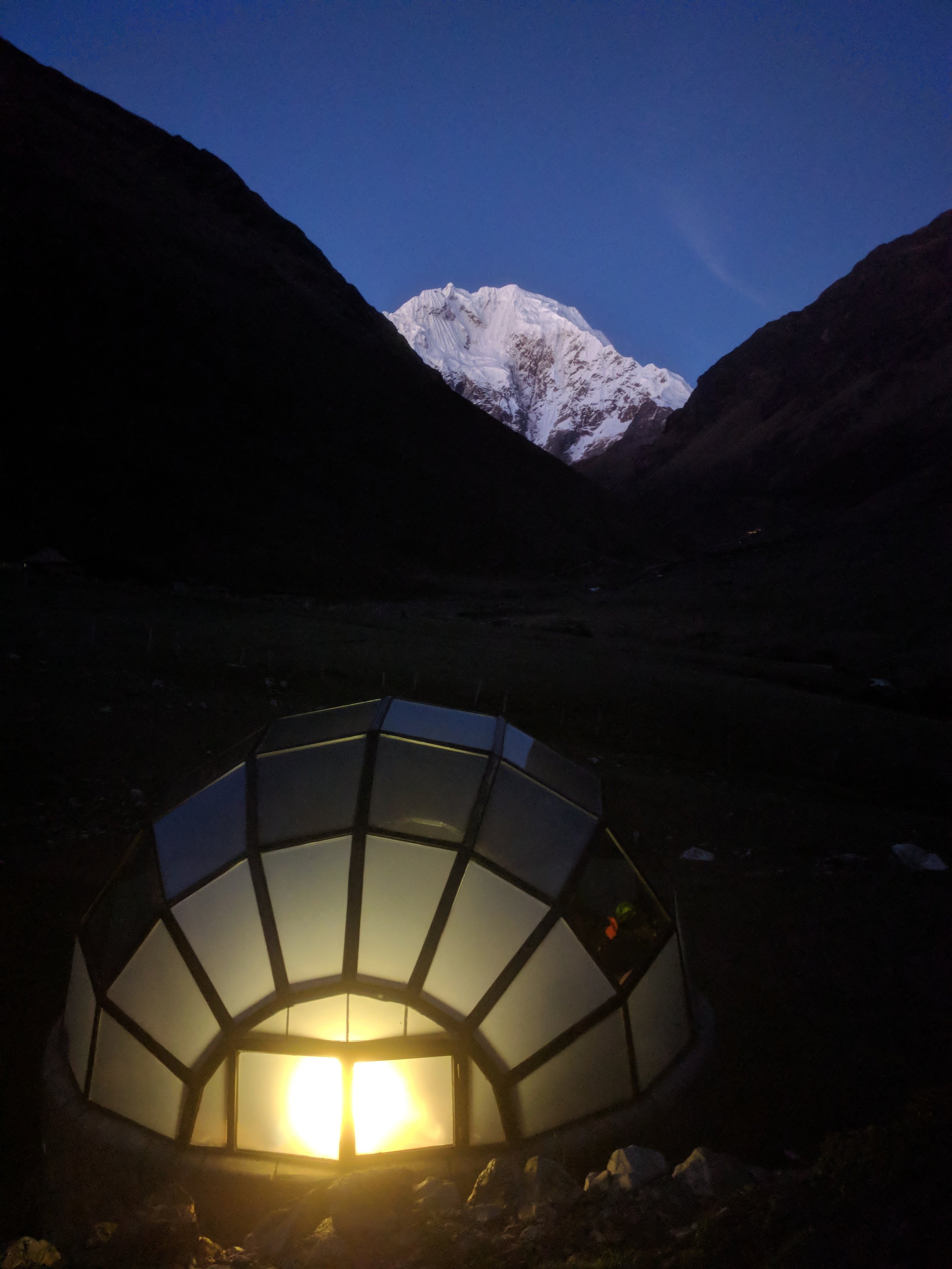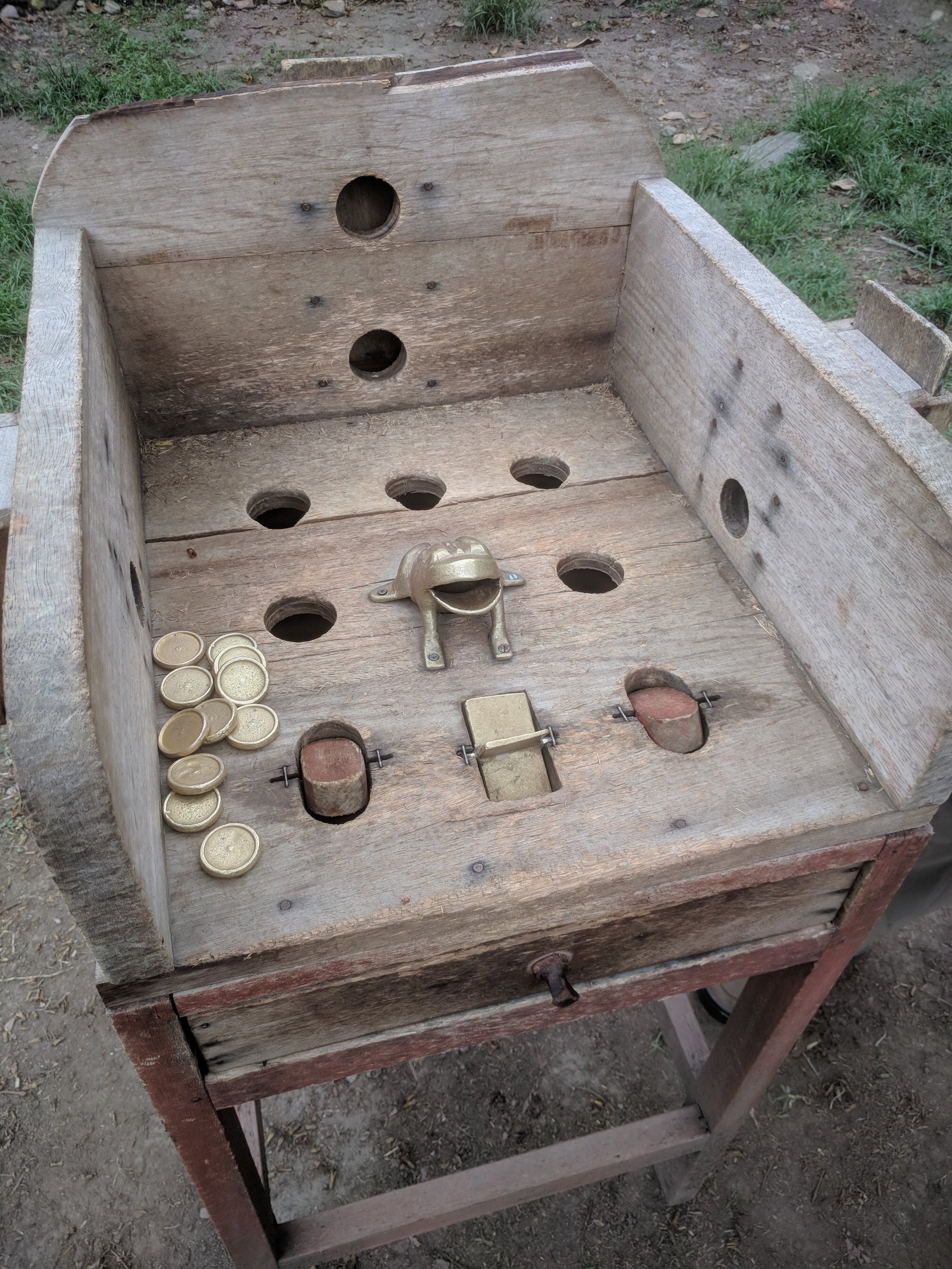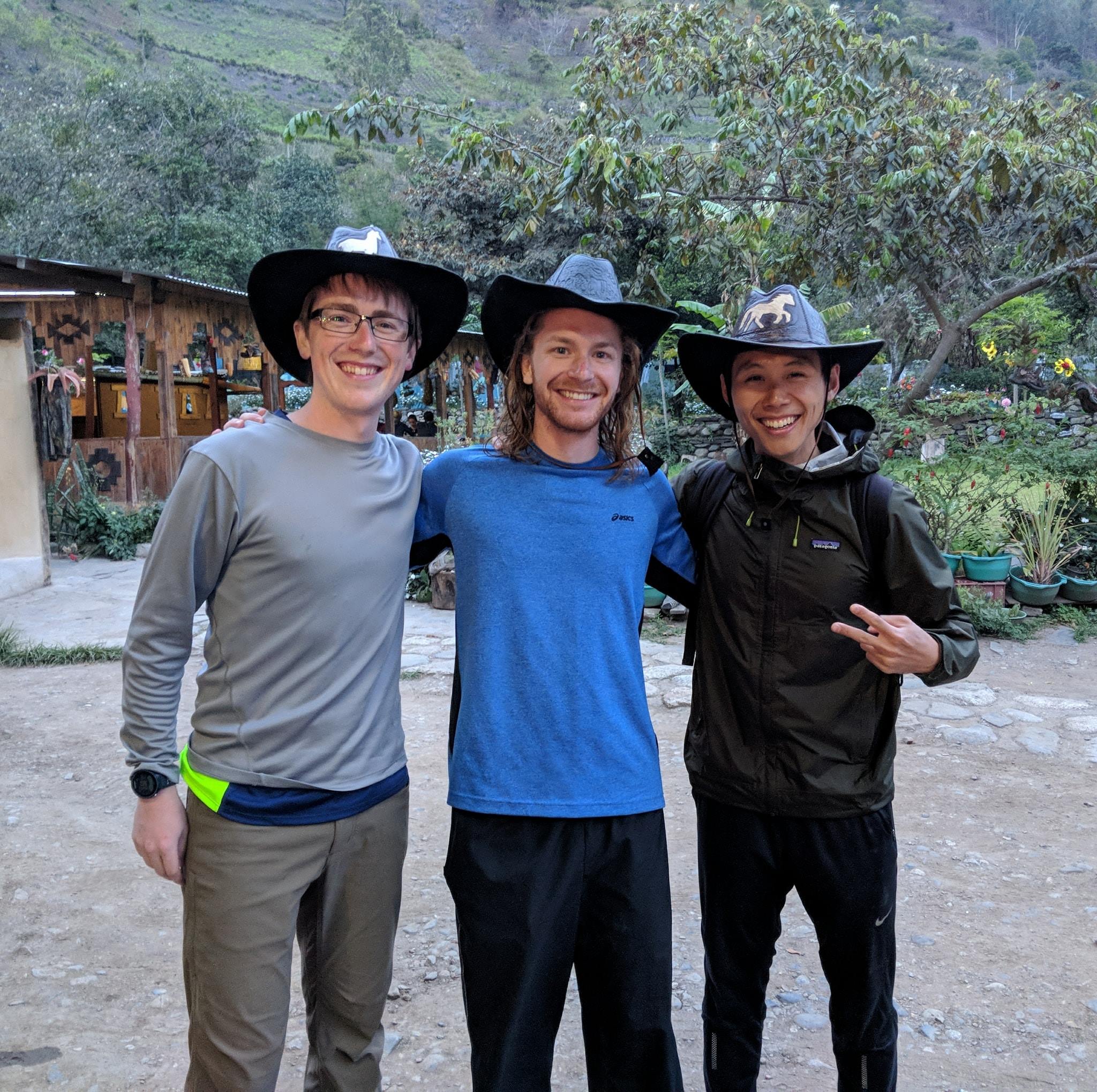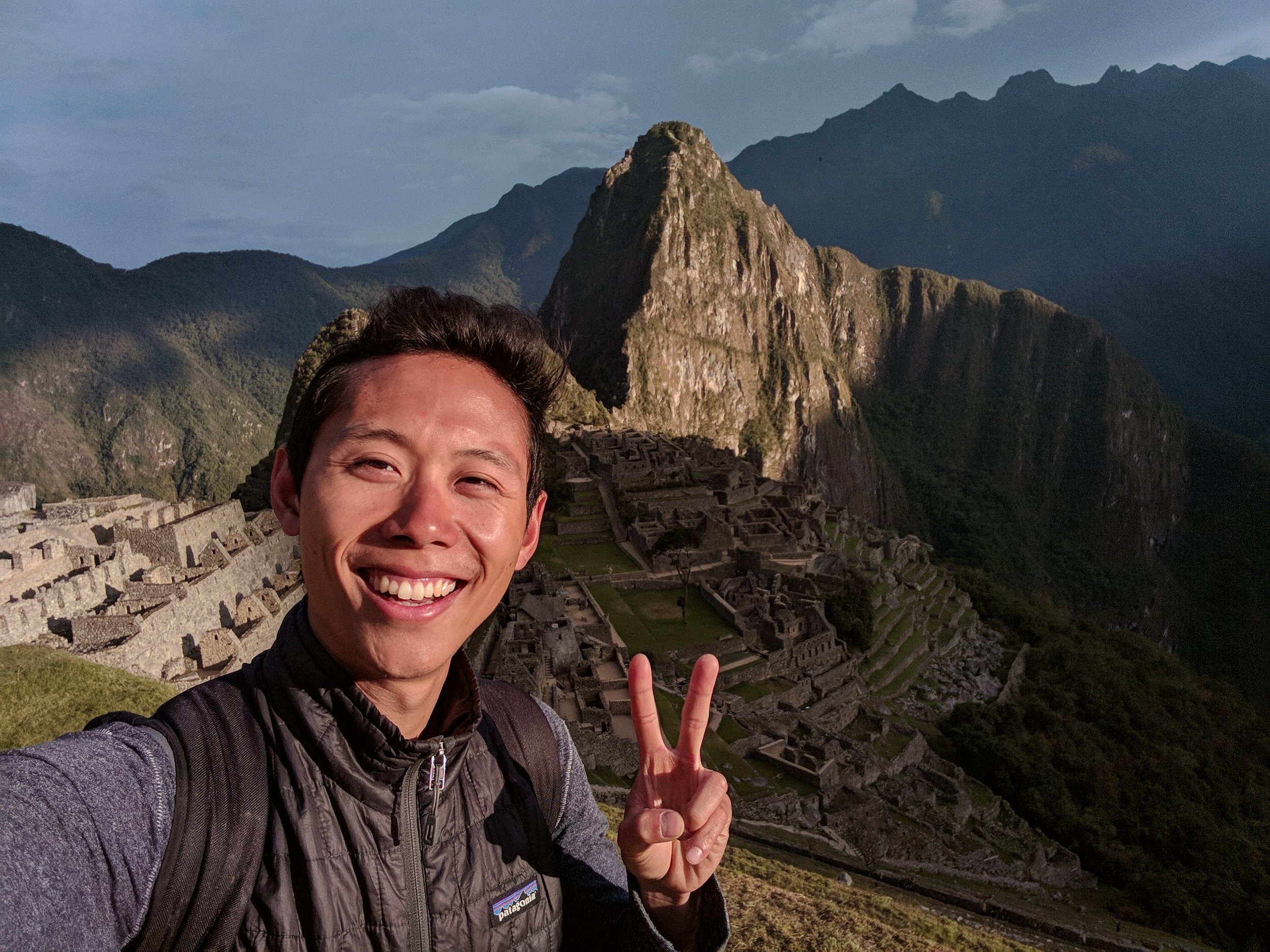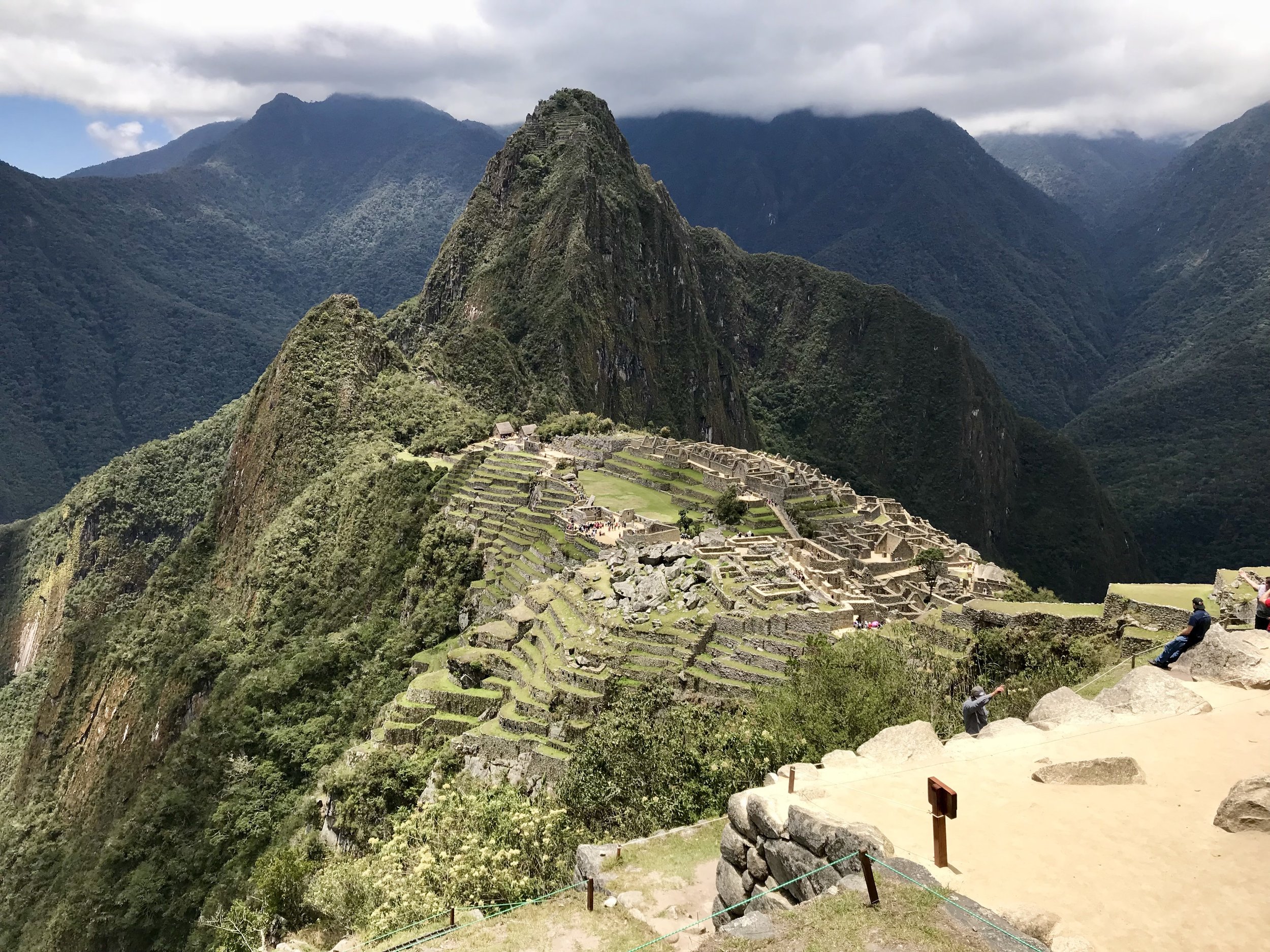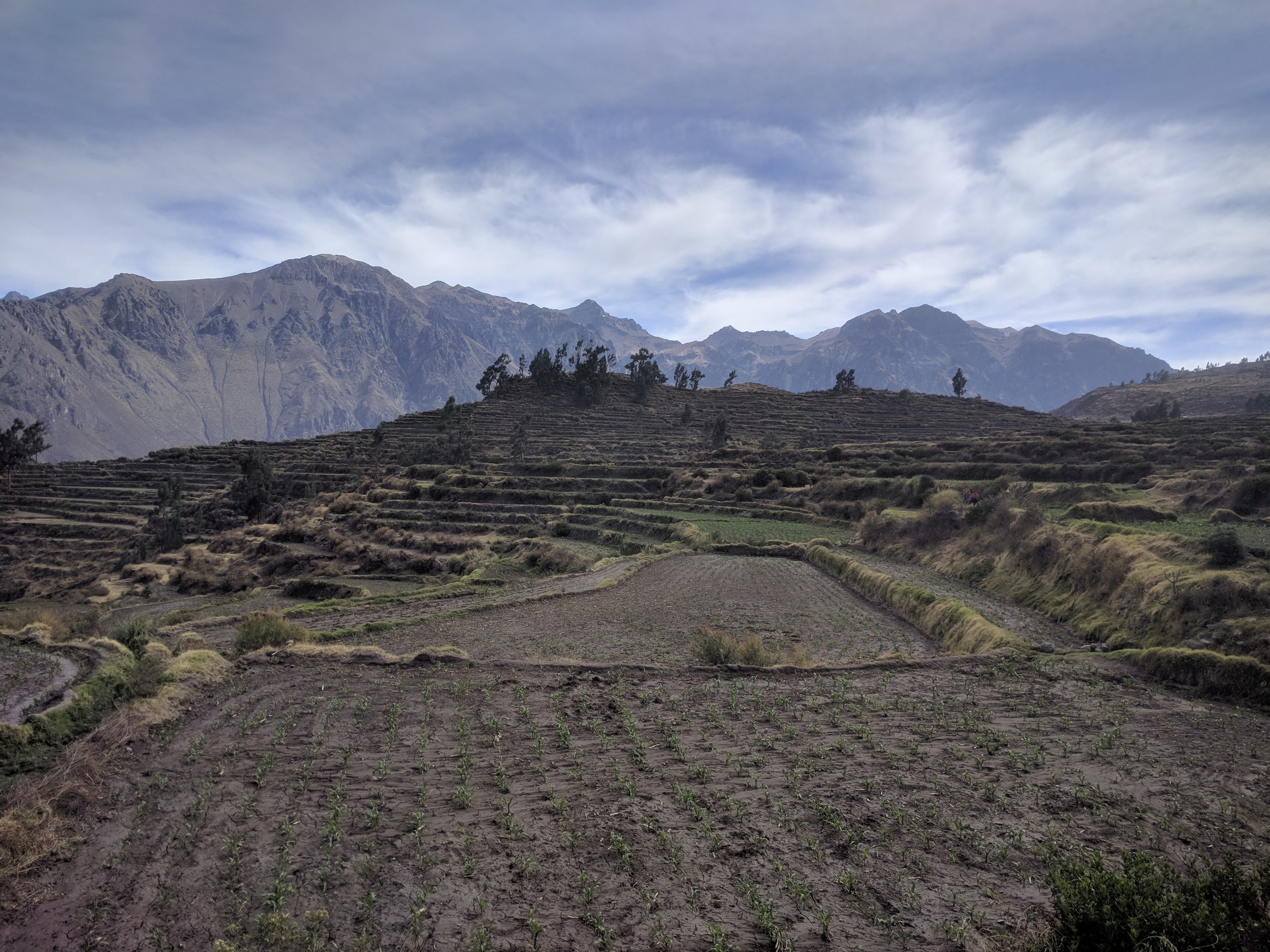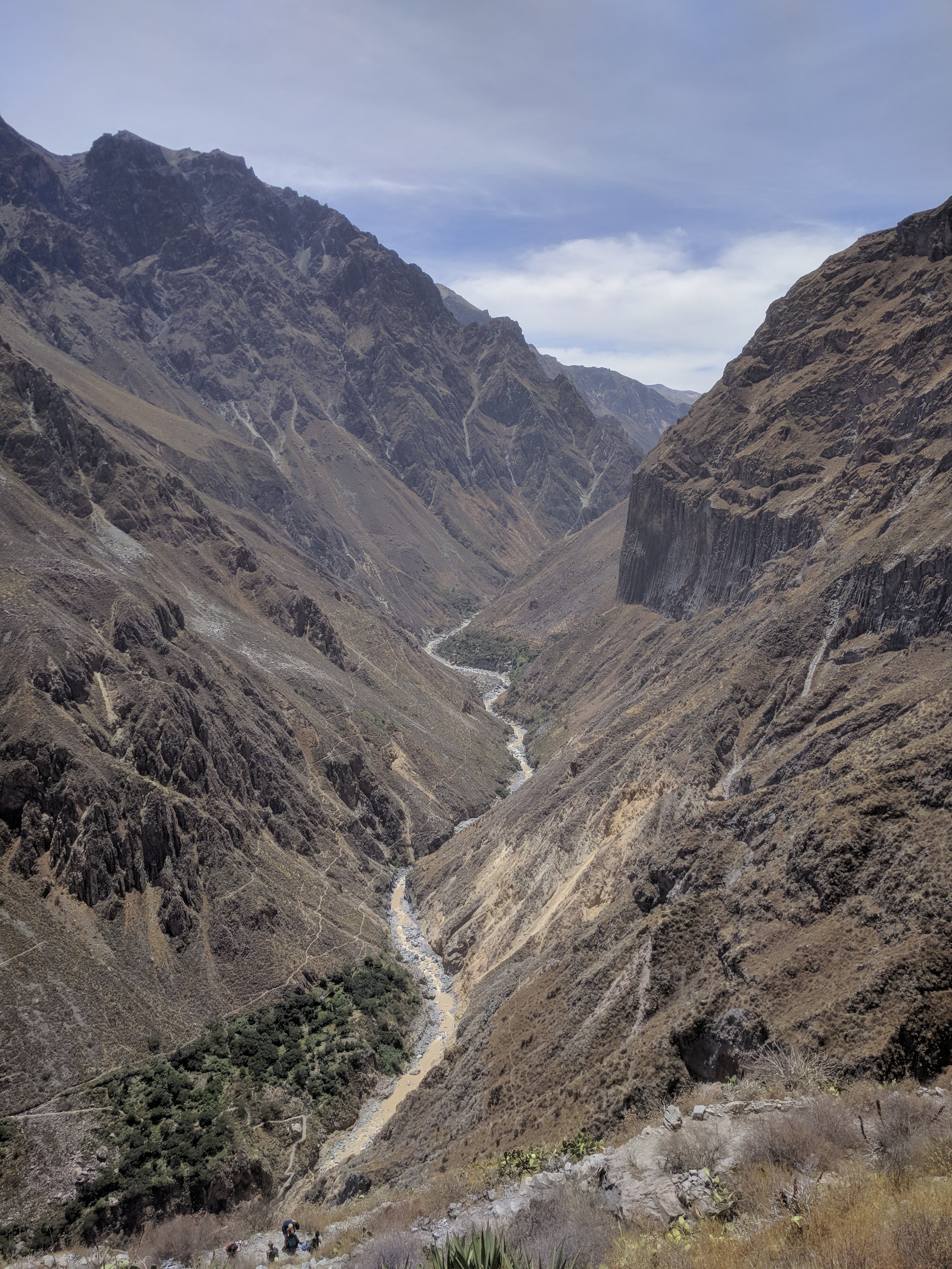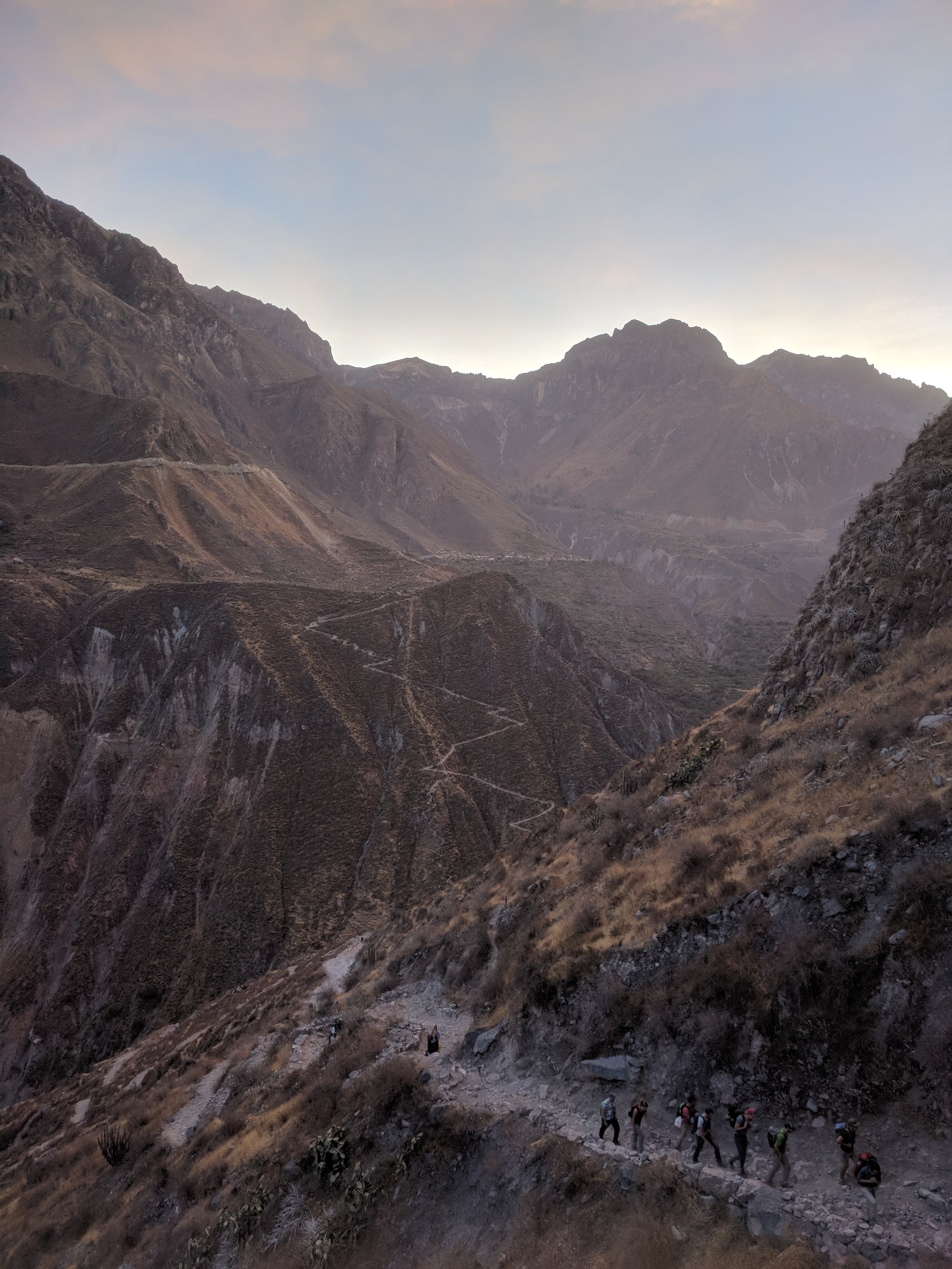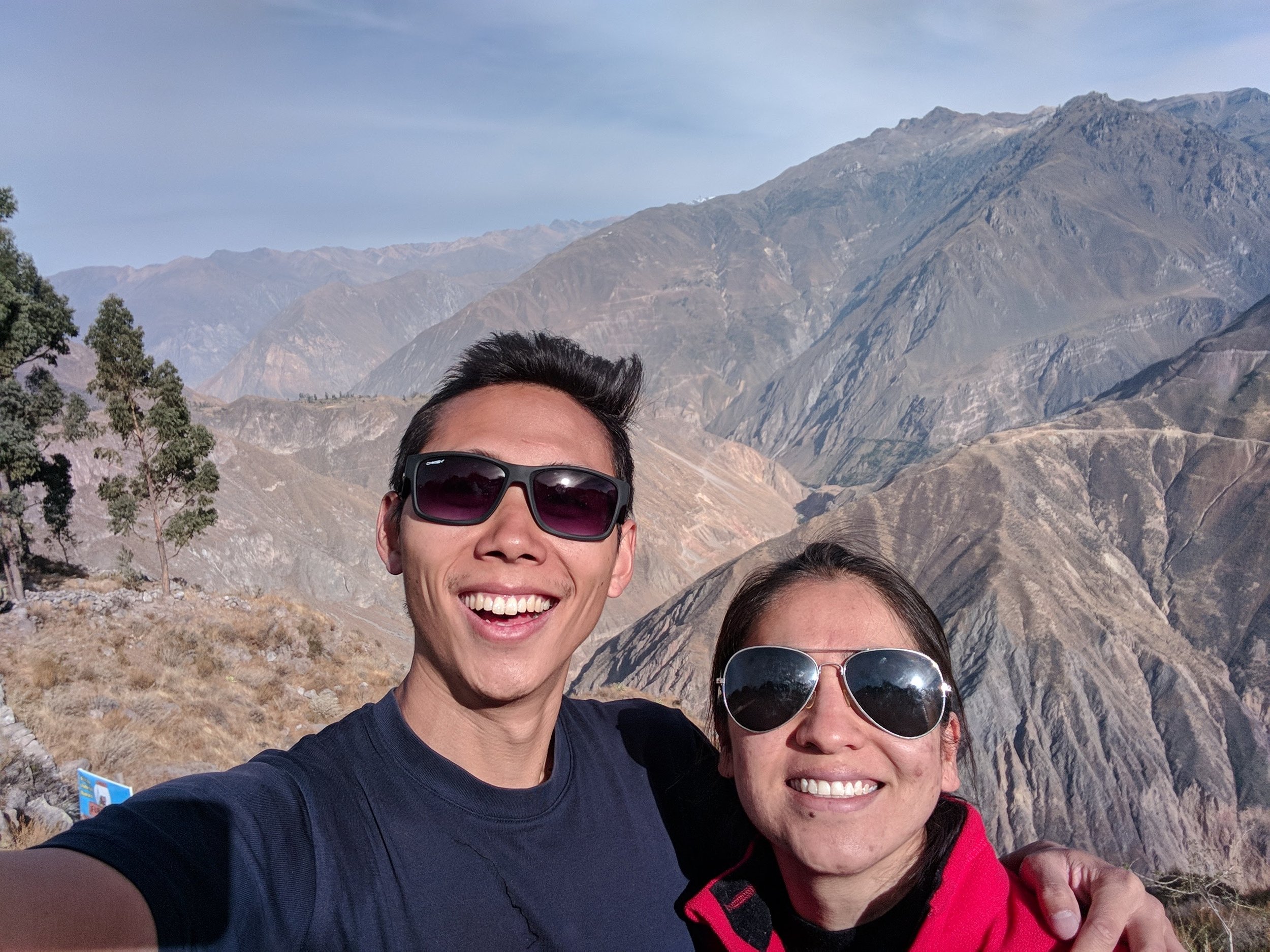Peru was the heart of the Incan Empire, the largest and most influential domain in South America. At it’s zenith, the territories stretched up to Ecuador and Colombia, down to Chile, and inland to Bolivia and Argentina. Across the continent, the Incans left their mark by building grand structures. The splendor and reknown of the ruins are a testament to their skill.
It didn’t hit me until we visited Sacsayhuaman outside Cusco, an ancient citadel of huge, polished rocks. At first glance, it didn't seem special. But then I noticed the size of the rocks, how smooth they were, and how well they fit together without adhesives. How does one go about moving and cutting rocks the size of a refrigerator? Turns out it was quite the ordeal requiring skilled chiselers, quarries, ropes, wooden boards, logs, and plenty of conscripted manpower through the Mit'a system. But Sacsayhuaman was just one site. Maybe you’ve heard of one of the others?
Nestled on a small plateau between two mountain peaks of a lush valley, Machu Pichu took decades to build in its isolated location at the end of the famed Inca Trail. This Wonder of the World did not disappoint. Half the fun is the journey, and there a couple options for trekking. The most popular is the Inca Trail, but we decided to tackle the Salkantay Trail, the quieter and longer way. I’m proud of my flat-ass feet for walking every last step of the 120 kilometers in 4 days, topped off by climbing a 1,750 step stairway at 4 AM to reach the city.
Day 1: We hiked to the lake at the base of Mount Humantay. I woke up to pee in the middle of the night and ended up sitting outside for 30 minutes soaking in the star-studded sky with snow-capped peaks in the distance.
Day 2: We reached Salkantay Pass, the highest point of the trail at 4.6K meters, descended into the cloud forest, and promptly got pelted by torrential rain.
Day 3: We hiked trough the jungle, were introduced to the ancient game of Sapo, celebrated a birthday, and got eaten alive by mosquitoes at the hot springs.
Day 4: We got a tantalizing sneak peek of the city from afar and spent the rest of the afternoon hiking on train tracks under the blazing sun. We survived this mini death-march and arrived in Aguas Calientes, the town at the base of Machu Pichu.
Day 5: As a reward for conquering the Incan Stairmaster, we were one of the first ten folks in the city. After cresting a final hill with my head down, it took a second for my brain to process the scene before me. Completely empty (excluding llamas) with the first rays of sunlight hitting the stonework, Machu Pichu was winking at us.
Further south, near Arequipa, the terraces of the Colca Canyon were equally spectacular. In the world’s third deepest canyon, a surprising number of man-made farming terraces covered the sides of the steep cliffs. As if the agricultural life wasn’t hard enough already, the locals have to traverse up and down these slopes at altitude?! Water is carried up from the base of the canyon through an elaborate aqueduct system. But despite the unforgiving environment, I can empathize with their decision to live there. Sweeping views of the canyon are a worthy reward.
The legacy of Incan builders lives on today... in the form of fireworks?
We watched the best, and most unsafe, fireworks show in Cusco. For two hours in front of the historical cathedral, built out of wood no less, we were treated to a dazzling display of pyrotechnics. In the afternoon, the locals had built a dozen wooden towers with fireworks attached to the ends. They brought forward each of these contraptions and lit a fuse to set off a sequence of fireworks. During the intermissions, a man set off mortar fireworks from a literal paint bucket. We were so close to the action that debris rained down on our heads, but we couldn’t get enough. Later, we found out that the reason for the extravaganza was to celebrate tourist month. Live on builders' legacy!
Shoutout and photo credits to my Machu Mates from the Midwest, Tommy and Andrew.





